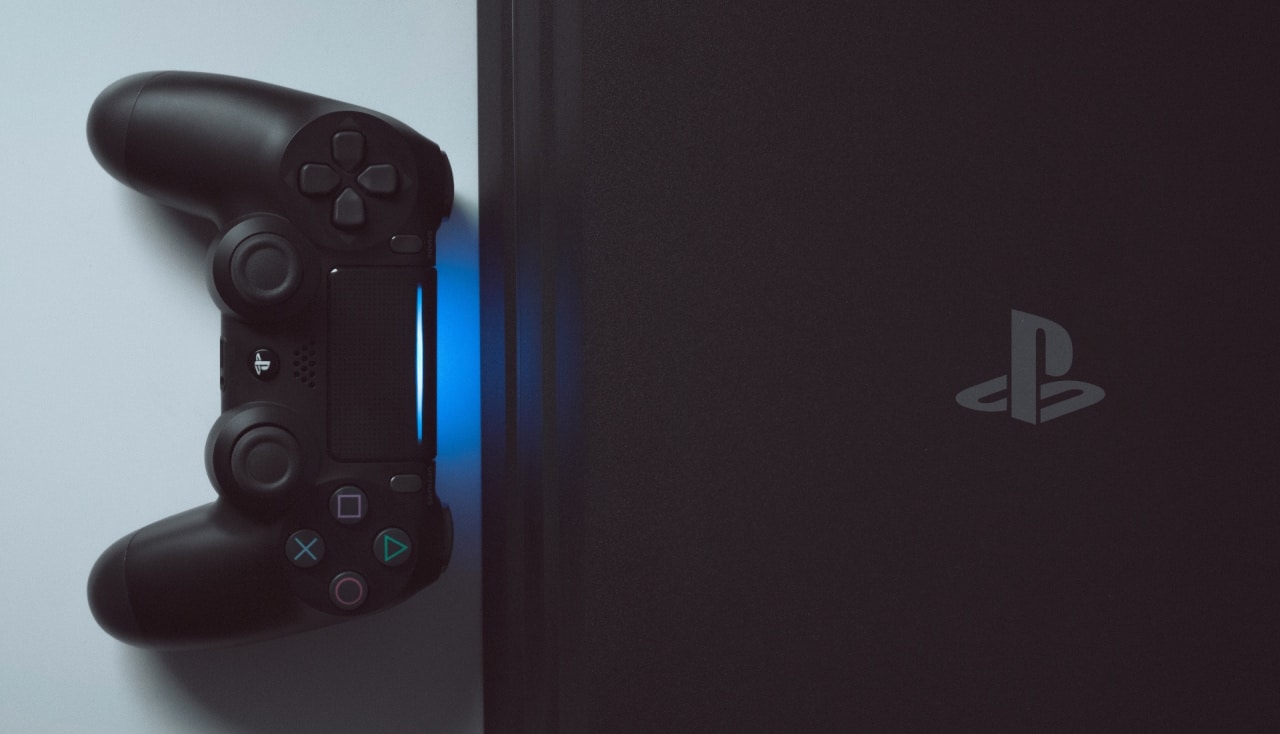When AMD hired Raja Koduri, who later formed the Radeon Technologies Group (RTG) at the company, it received a lot of attention and many hoped that the company would take on the leadership jersey within a few years. This did not happen and instead Nvidia has for more than two years now had to ravage more or less undisturbed in the upper performance segments.
The Polaris architecture was launched in 2016 and the focus for this was the middle segment, where the top model Radeon RX 480 more or less matched Nvidia’s Geforce GTX 1060. Just over a year later came Vega, whose flagship Radeon RX Vega 64 with performance in line with GTX 1080 and power consumption well over GTX 1080 Ti did not reach the high commitments.
The fact that AMD has fallen behind is often attributed to a failure by Raja Koduri, who left AMD last year and went to Intel to lead the rival’s investment in graphics cards.
That the responsibility should be placed solely on Koduri’s leadership is not a picture shared by all employees at AMD and the RTG department, where several told the undersigned that they see his resignation from AMD as a great loss.
Now the journalist and former AMD employee writes Jason Gospel, who refers to several anonymous informants on transparency, on Forbes that the reason for AMD’s cancer is about strict priorities. A major focus for the company is on the business for tailor-made circuits, Semi-Custom, an initiative that was launched by former CEO Rory Read and later managed by the current Lisa Su.
Work on the next generation of gaming consoles from Sony and Microsoft is already in full swing. Most are already pointing to the fact that AMD is responsible for the computing power of Sony’s ditto, where the Playstation 5 is expected to build around the processor architecture Zen + and AMD’s upcoming graphics architecture Navi at 7 nanometers.
According to the report, up to two-thirds of the engineers at RTG will be dedicated to the development of the Navi architecture for Sony’s upcoming Playstation 5. The decision is said to have been enforced by Lisa Su against the wishes of Raja Koduri who wanted to invest in graphics cards for games. The development of AMD’s processor family Ryzen is also said to have taken resources from RTG, but to what extent it has not been possible to confirm.
This must have resulted in RTG under Raja Koduri’s leadership having significantly less resources than he had hoped for, especially for Vega. This must have been a strong contributor to the many delays along the way and not least the result for the products that were eventually launched.
While Navi looks to be one of the building blocks for Sony’s next gaming console, the architecture will also be released in the form of dedicated graphics cards for computers. Here, however, it is said that Navi, like Polaris, has set its sights on the middle segment and that a possible return to the performance throne will be delayed until the year 2020 when AMD releases its completely new and as yet unnamed architecture.















